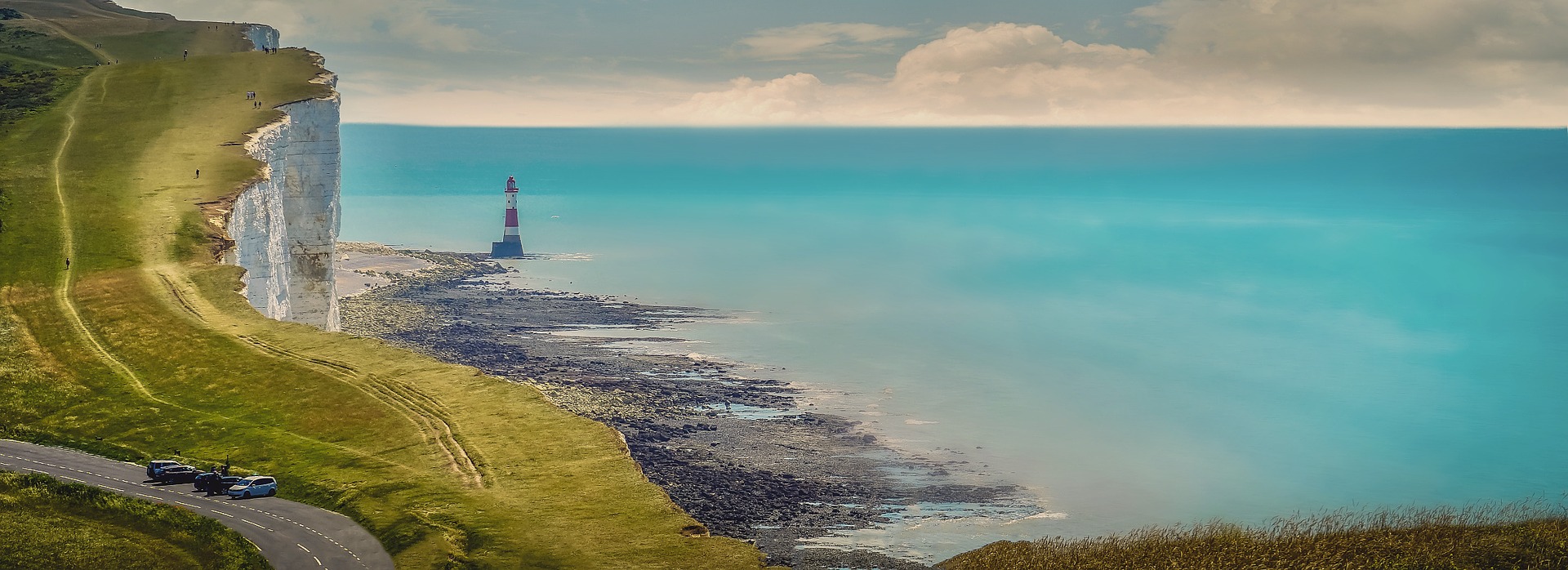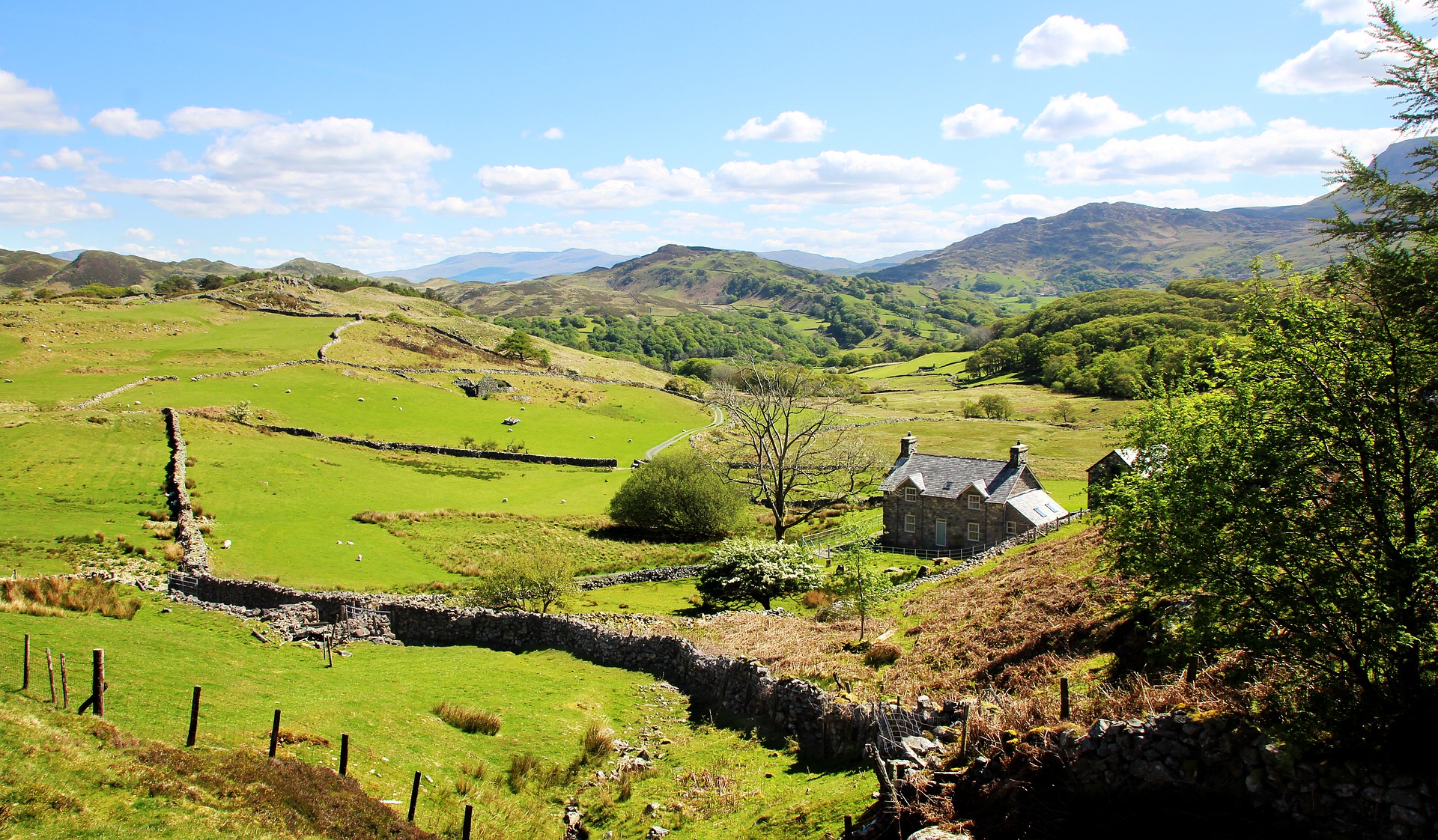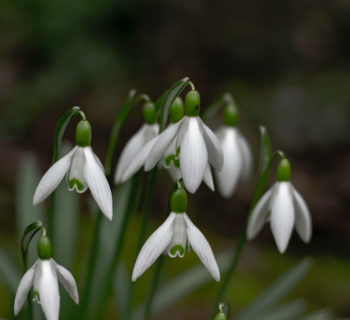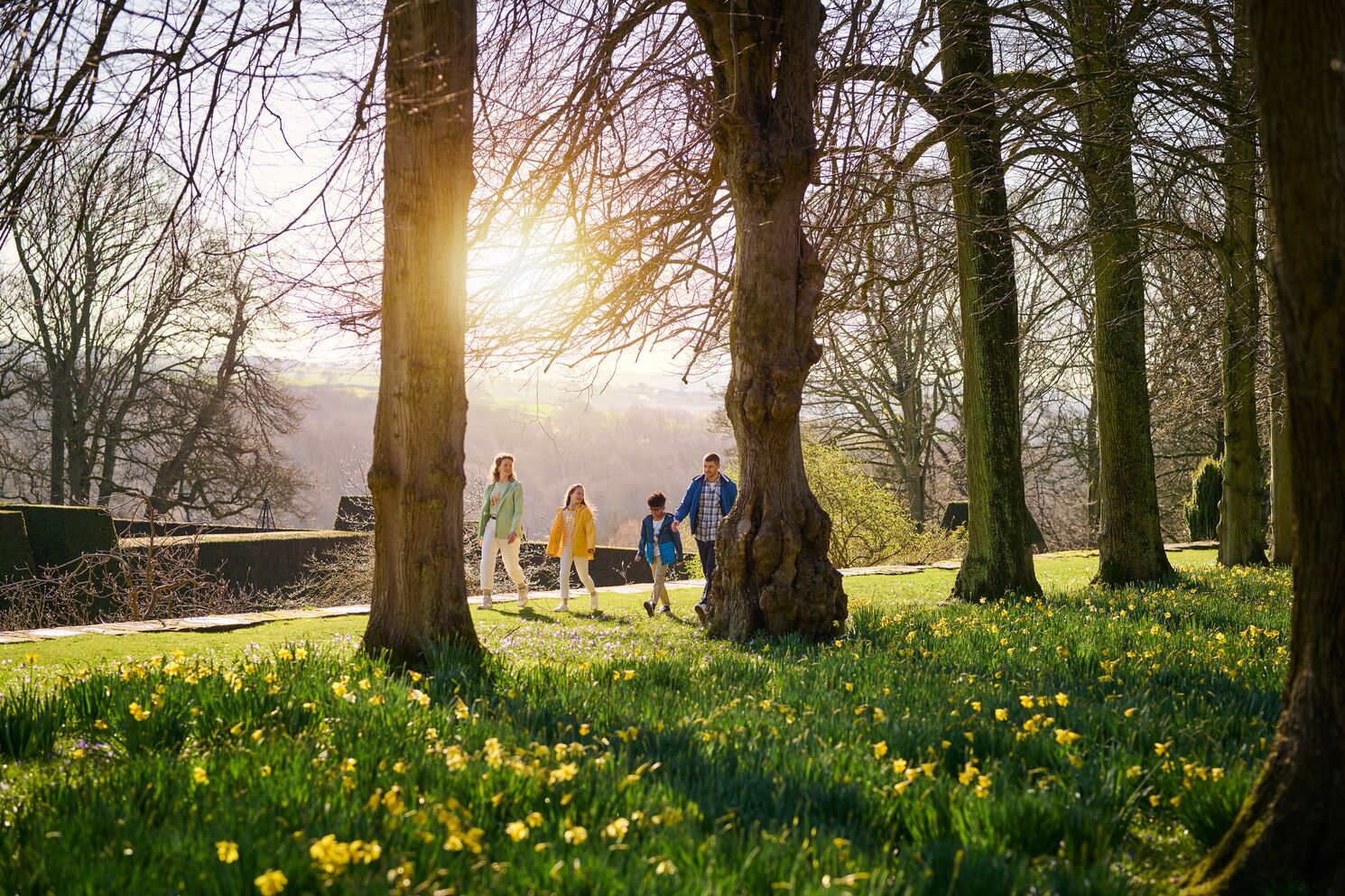What is foraging?
In the most basic terms, foraging is finding food in the wild. This is often fruit, plants, mushrooms, herbs, berries and much more. Here in the UK and Ireland we have a range of edible plants, mushrooms and fruit growing around us that we are able to discover when we go foraging. These wild foods can be found in and around woodland areas, forests, fields and many more places and have the ability to regenerate themselves naturally and therefore are a sustainable food source.
If you're new to foraging it's recommended that you complete a course or gain some expert opinion as there are many foods that can be toxic, so it's crucial to be able to tell the difference.
What You will Need:
- Gloves - It's recommended that you always wear gloves when foraging as you never know when you may come across something sharp.
- Scissors/ Secateurs - You'll need these to be able to easily snip branches to get your food.
- Basket/Bucket - You will need something to collect your food in and a bucket or basket is ideal.
- Waterproof Jacket - You can never be sure that it isn't going to rain here in the UK, make sure to bring along an easy to carry lightweight waterproof jacket or a pac a mac just incase.
Foraging Guidelines
- Leave plenty behind - Please do not take all of one flower or fruit, it's essential that wild food is left behind so it can regenerate.
- Do not cause any damage - When foraging please be aware of your surroundings, taking care not to trample on fruit and beautiful flowers.
- Do not walk on private land - While foraging is legal, make sure you do not enter private land unless you have permission.
- Take a guidebook - If you don't feel confident in knowing what is safe to eat it is recommended you take a guide book with you.
- Be aware of chemicals - Some land may be sprayed with chemicals therefore some food will be contaminated. This will likely be on private land, but make sure to wash your foraged food at home.
- Most Importantly - If you're not sure on the identification, DO NOT EAT
What To Look For When Foraging In Spring
Elder (Sumbucus nigra)
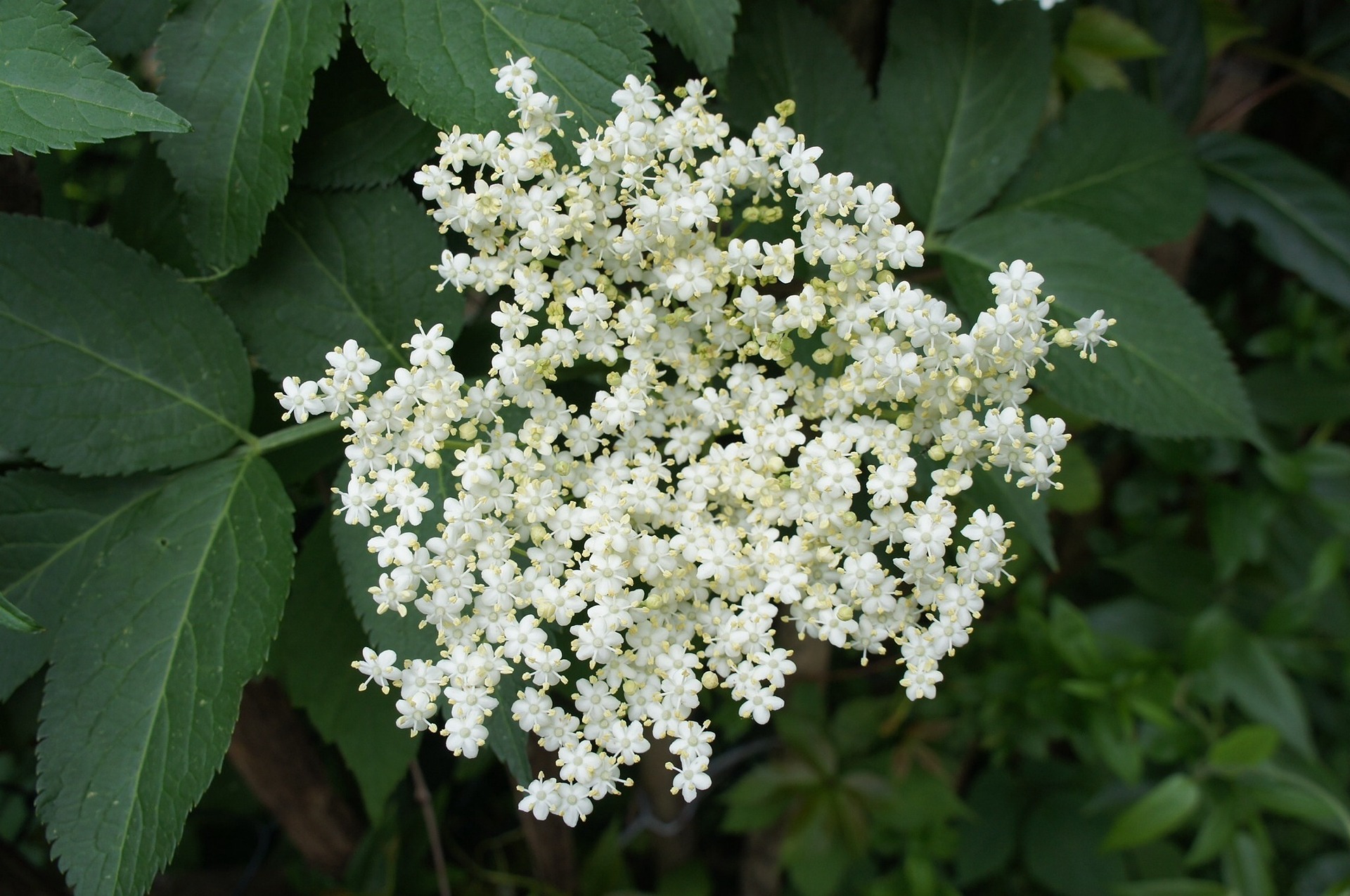
One of the most versatile flowers that you can find from spring to summer, Elderflower can be found in woodlands, hedges and riverbanks. This flower has long stems with two or three leaves of leaflets and one eye-shaped leaf. Please only use the flowers or berries as the rest is poisonous. Elderflower is best picked on a warm day when the buds are freshly open.
These flowers can be used to make sparkling wine, cordial, vinegar, jams, sweets and much more. In order to make this food safe to you will need to process the food, such as fermenting or heating to make the flowers or berries safe to consume.
Another interesting point about Elder is can actually be used in many herbal medicines to help things such as coughs, colds and hayfever, the flowers also have anti-septic and anti-inflammatory effects. Elderflower is now also used in the beauty industry in skincare and makeup!
Dandelion (Taraxacum officinale)
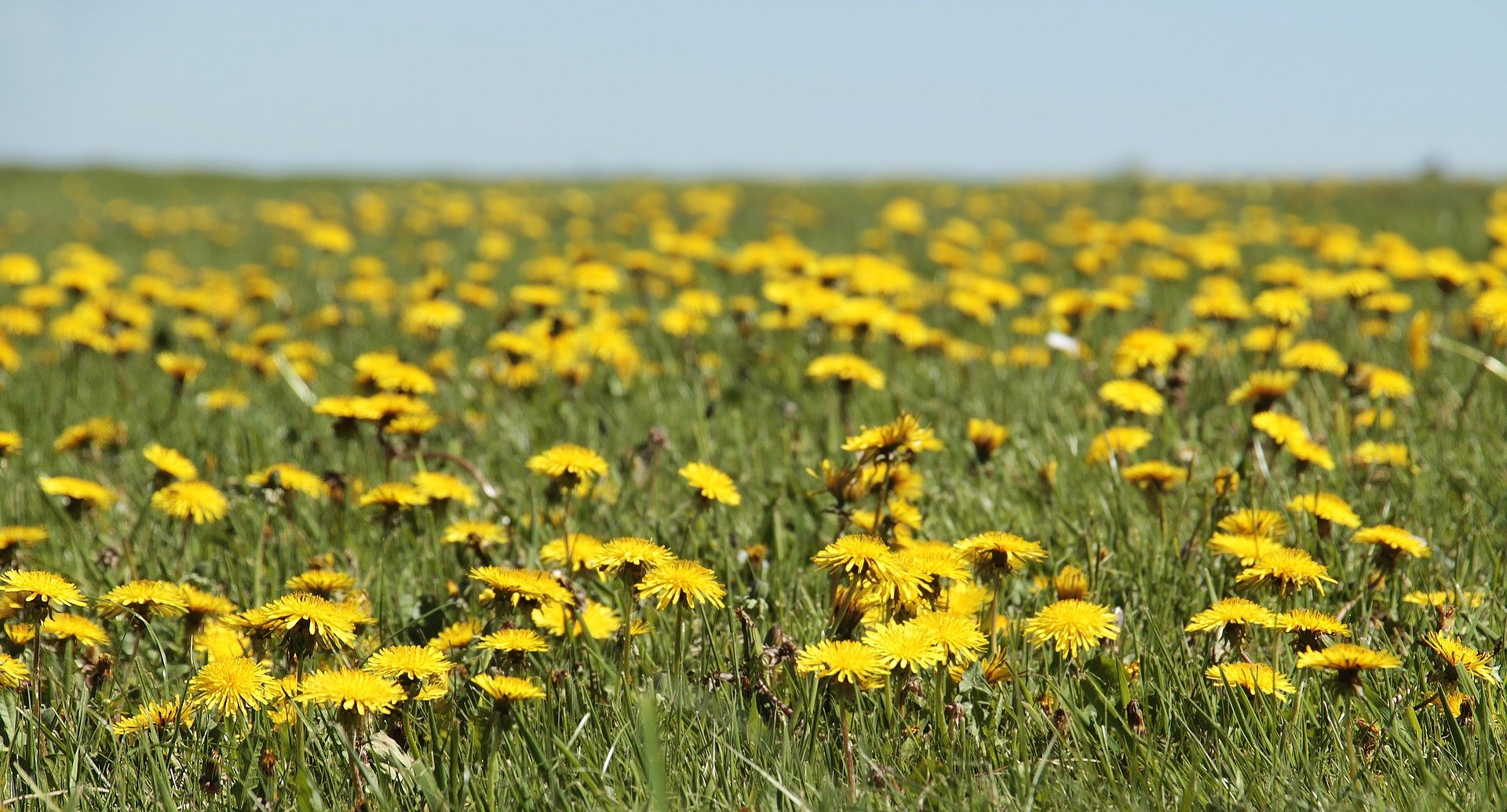
Dandelions are popular weeds that can be found widely across the UK throughout most of the year, you may even spot them in your garden! They are known for their bright yellow colour and jagged leaf edges. They feature edible young leaves that can be found in the centre, however the outer leaves are known for being more bitter in taste. The whole plant can be eaten, young leaves can be added to salads, sandwiches, pies. The flowers can also be used in many dishes from risotto to omelettes, the roots are also able to be used in meals such as stir fries.
Due to Dandelions being harmless and having no other harmful flowers they are a great find for anyone new to foraging.
Dandelion is another foraged food that has also been previously used in herbal medicine!
Chickweed (Stellaria media)
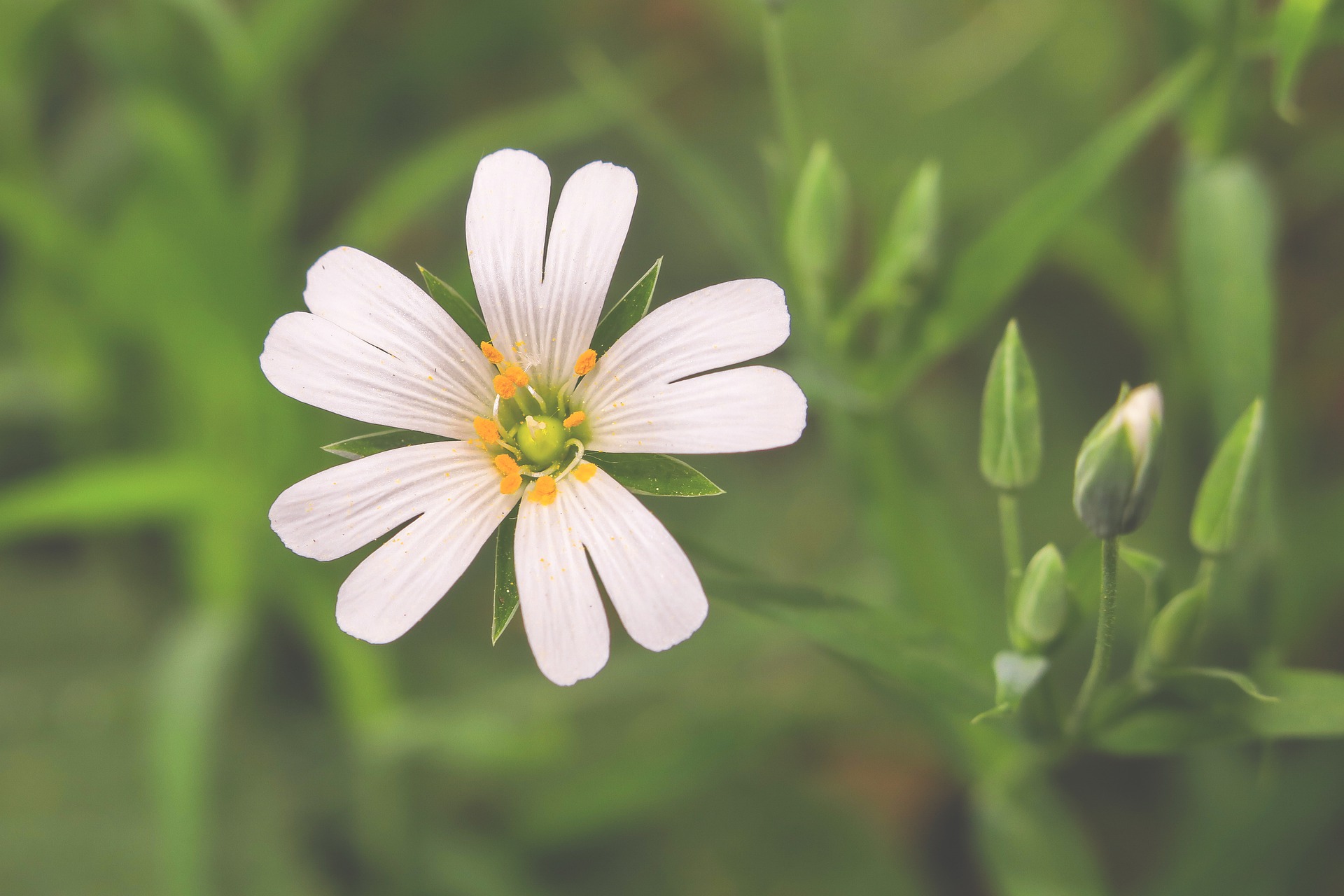
Chickweed is very common in the UK from spring until around September/ October time, it can be found in gardens, waste ground, agricultural land and loves cool, damp conditions. They are very small in size and are white, star-like white flowers that are tender, stringy, and short. Chickweed can be used in a number of dishes such as salads with lemon and olive oil dressing, used with pesto, or even with fish or chicken. It can also just be eaten on its own for a snack!
Again this has a lot of cleansing and healing properties and is packed full of vitamins and minerals.
There is also another type of Chickweed, mouse-ear. The main difference between the two is the mouse-eared variety is covered with fine hairs on its stems and leaves, both types are edible but mouse eared are not commonly eaten due to their texture.
Wild Berry Foraging
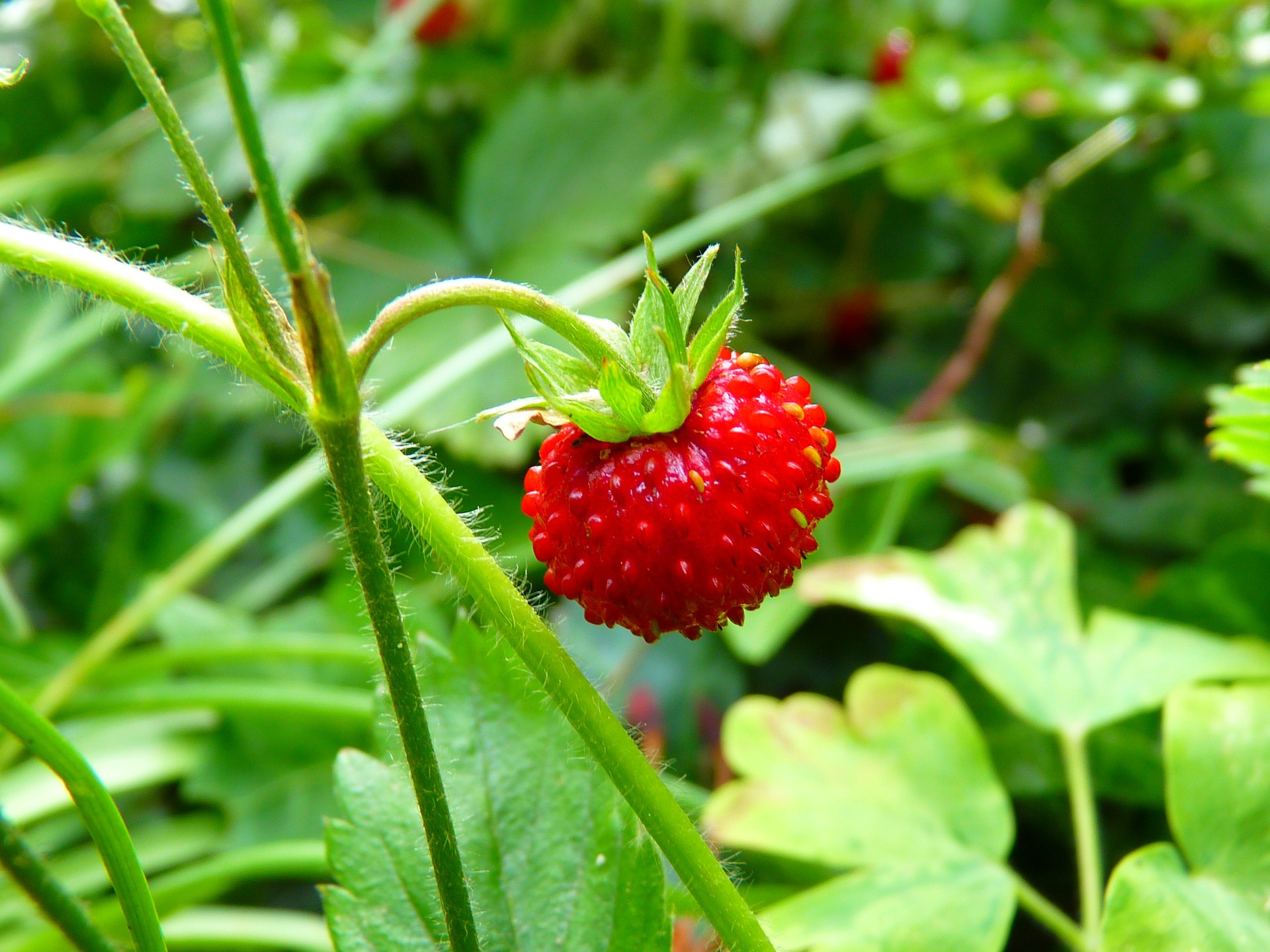
Berry season is known to be mid to late summer time, although you can typically find blueberries and strawberries during late Spring. These can be found amongst plants, trees, fields and forests. Blackberries and raspberries are commonly found along the edges of forests, woodlands and in sunny places whereas blueberries are often found in much drier, rockier places. You can also find strawberries near streams or near the edges of forests and woodland areas. With these being present in such assessable areas they are pretty easy to forage,
Rosehips can often be found on wild roses, they contain a high amount of vitamin c, ideally they should be processed before eaten. Please make sure to remove the seed before eating. Another berry that can often be found is called Rowan, they can be red or orange and grow in bunches, these can be full of flavour particularly when used in jam!
There are a number of toxic berries out in the wild, therefore taking a guide book with you is recommended. Inexperienced foragers should stay away from white, yellow, and green berries as these are mainly toxic. There are a number of common toxic berries that you should be aware of firstly is Honeysuckle which can be red, white, yellow, blue and black.
Berries are one of the most popular fruits to forage as they can be used in many tasty recipes, including juices and cordials, jams and jelly, pies and cakes, wine and gin, even ice cream.
Wild Garlic
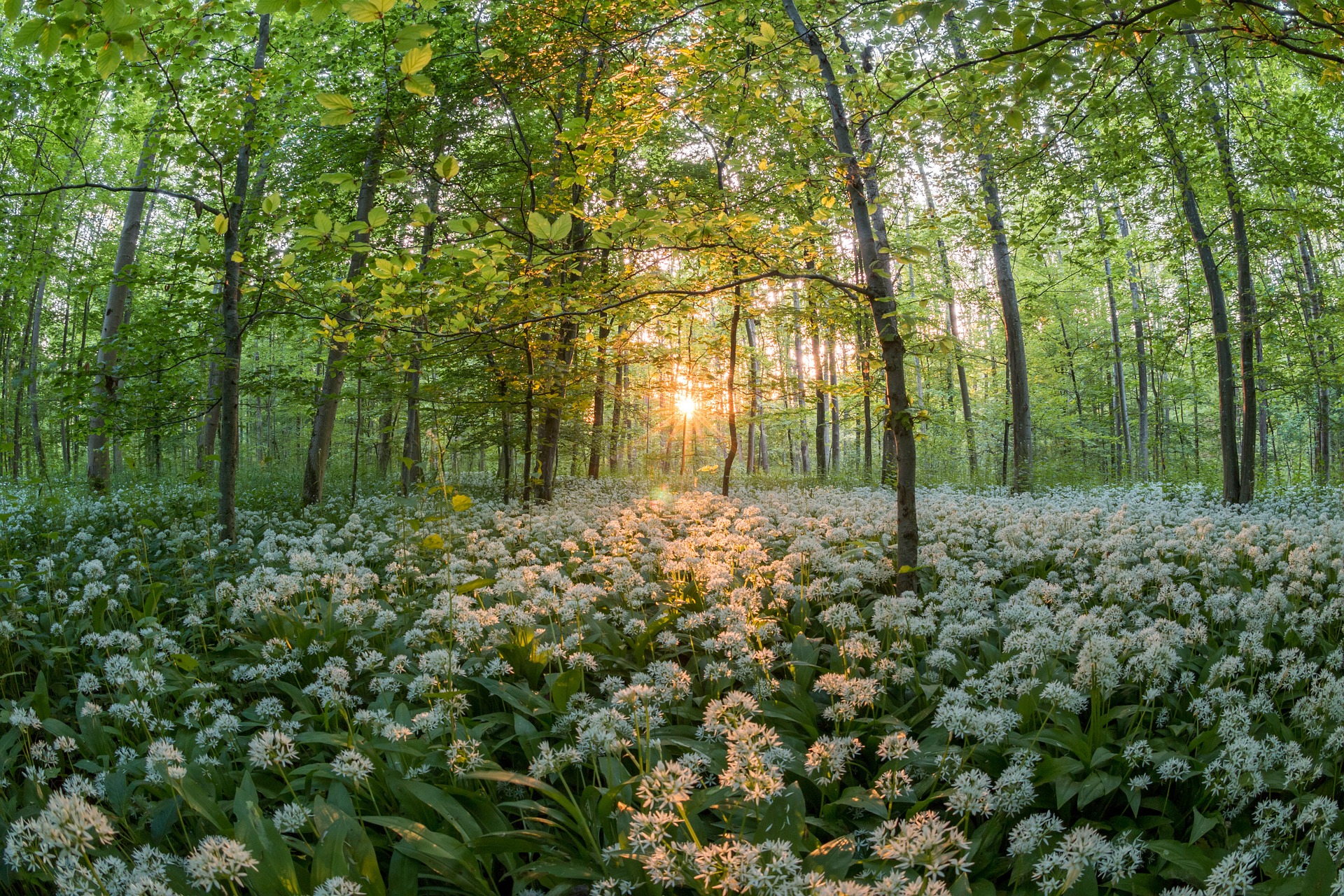
Wild garlic season starts in late winter and lasts until the end of spring and has a distinctive smell so should be easy to spot. Both the leaves and flowers of wild garlic are edible, the flowers do not appear until April and are best picked as early as possible. While wild garlic has a lighter flavour to traditional bulb garlic, the flowers can be used to add a zest of garlic to things such as soups, salads and sandwiches, as the flowers are so beautiful they can add something extra to your presentation. The leaves can also be added to soups and sauces.
Although there may be other flowers that look similar to wild garlic, as stated earlier the main factor to distinguish wild garlic is their garlicy smell.
Like normal garlic, wild garlic is said to lower cholesterol and blood-pressure, which can help long term health conditions.
Mushroom Foraging
Mushroom foraging is only recommended if you are very confident and knowledgeable or you are accompanied by an expert as it's very easy to mistake a deadly fungus for field mushrooms. These mushrooms can be found across the UK in many woodland areas and parks.

